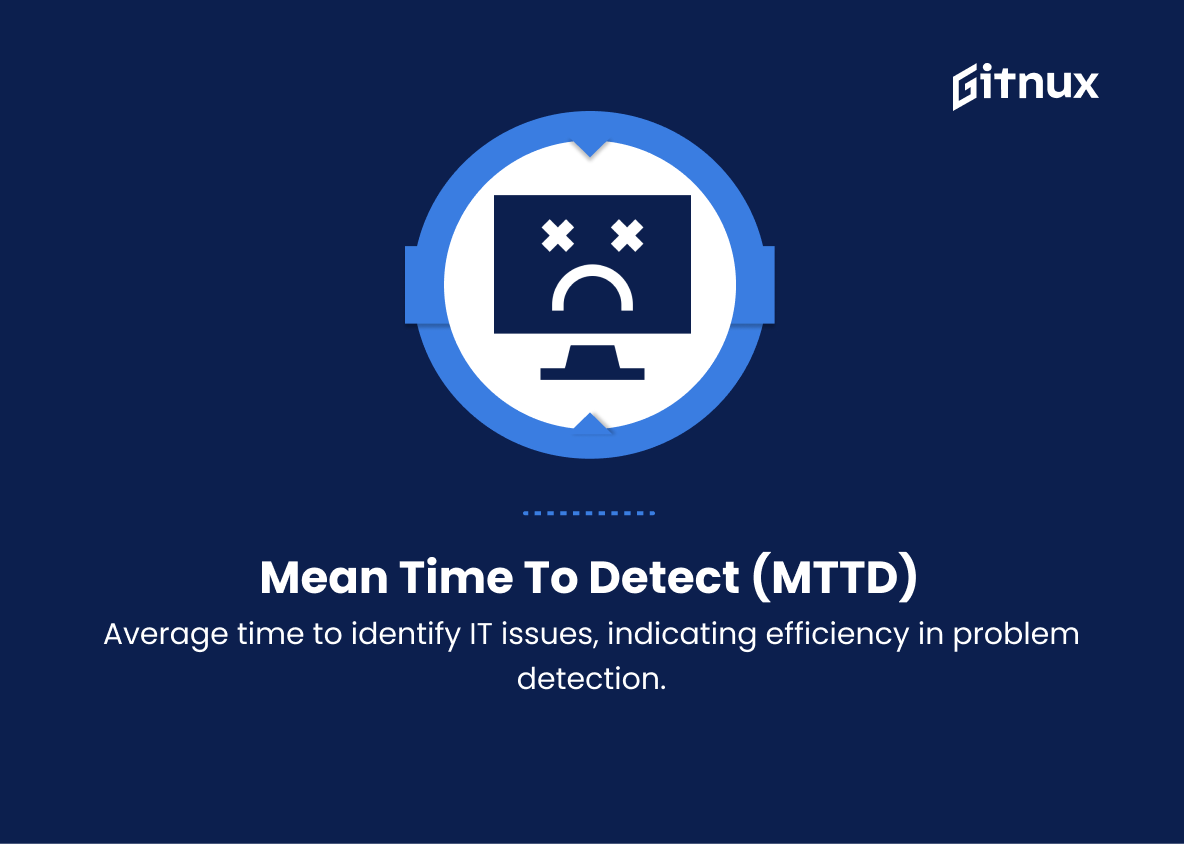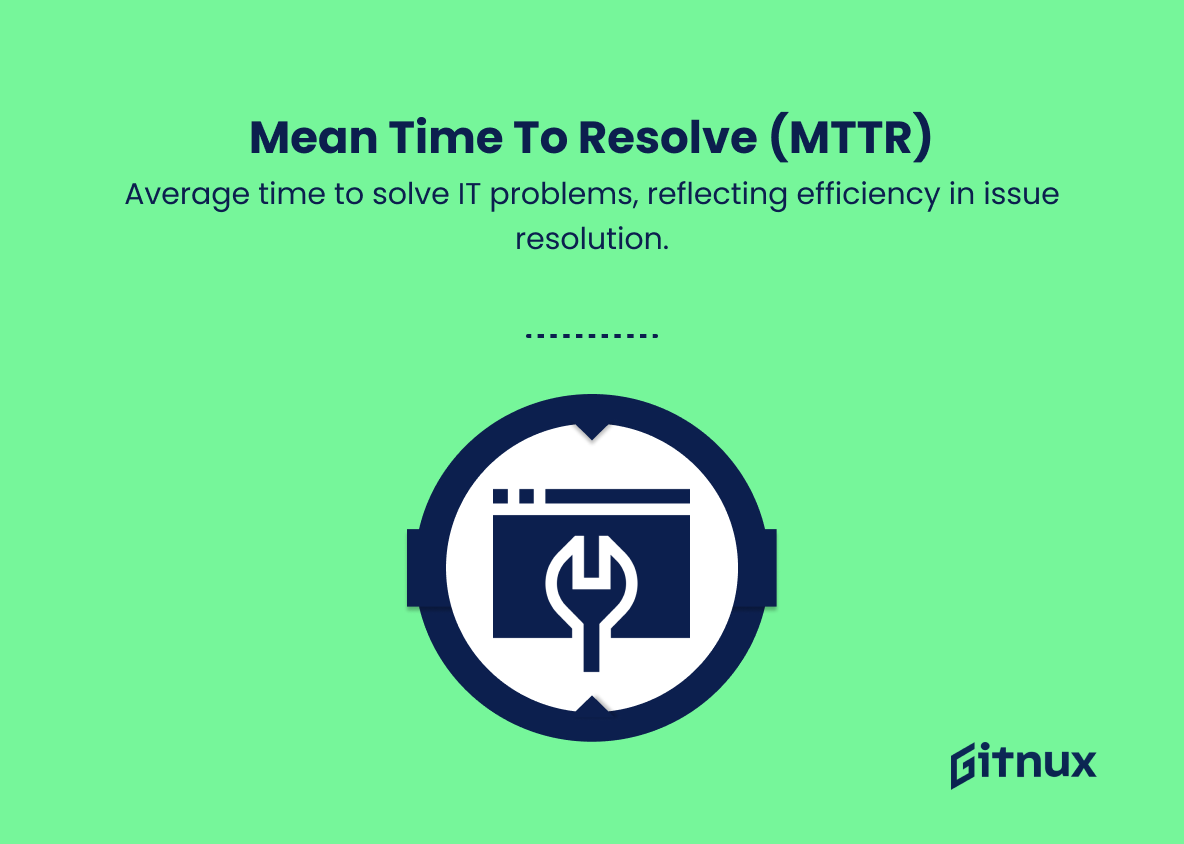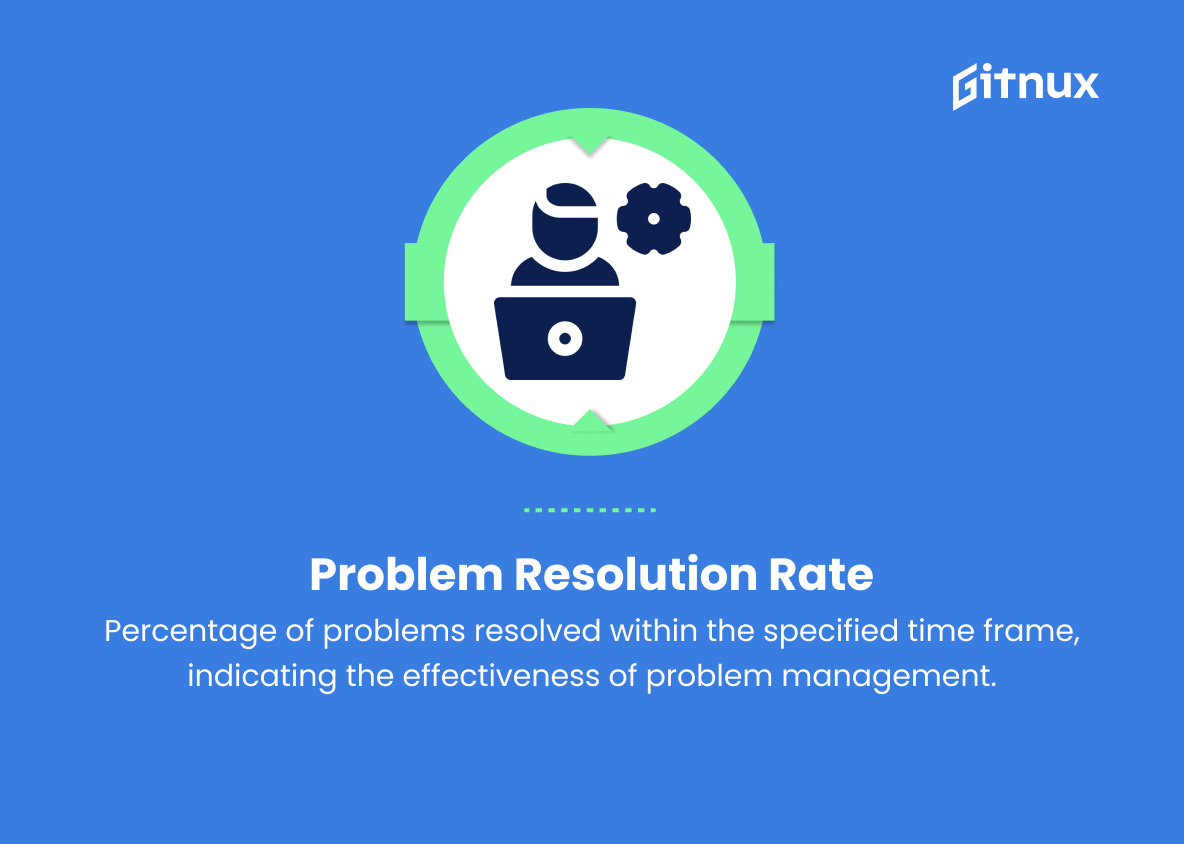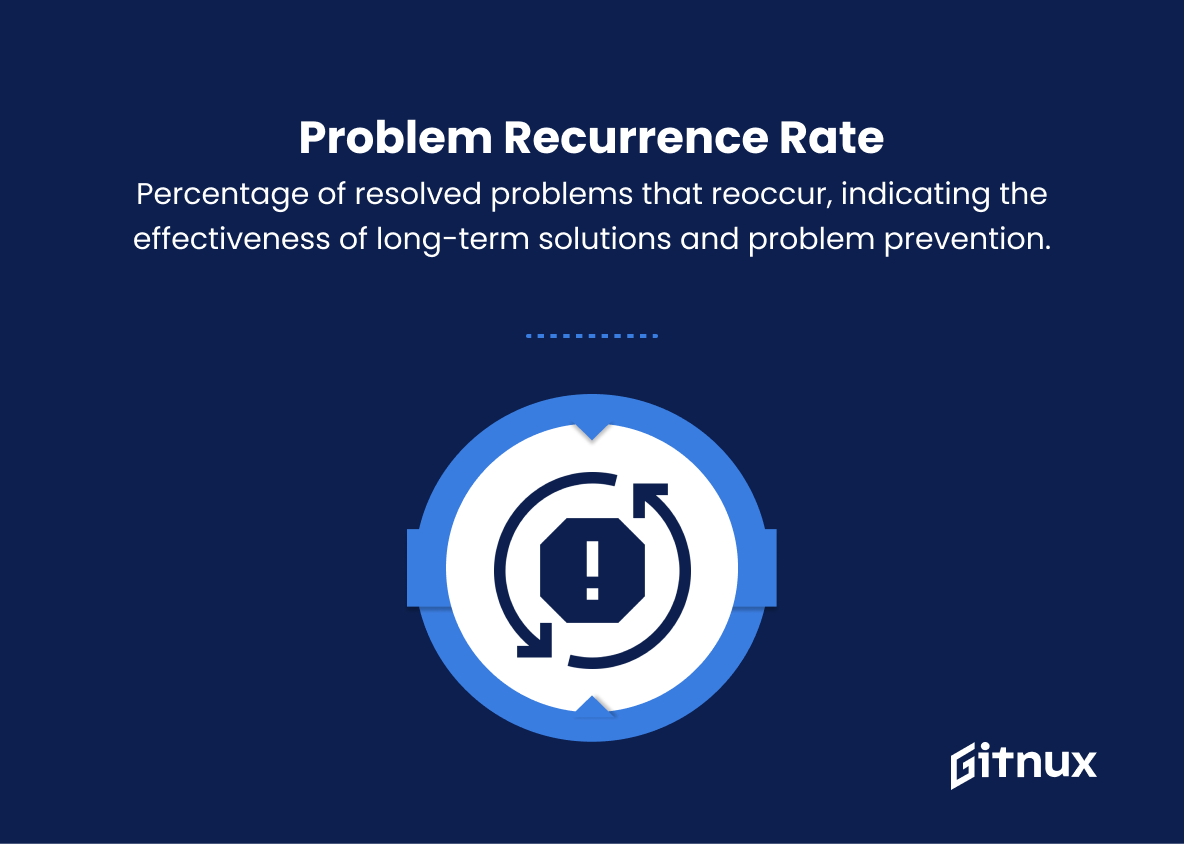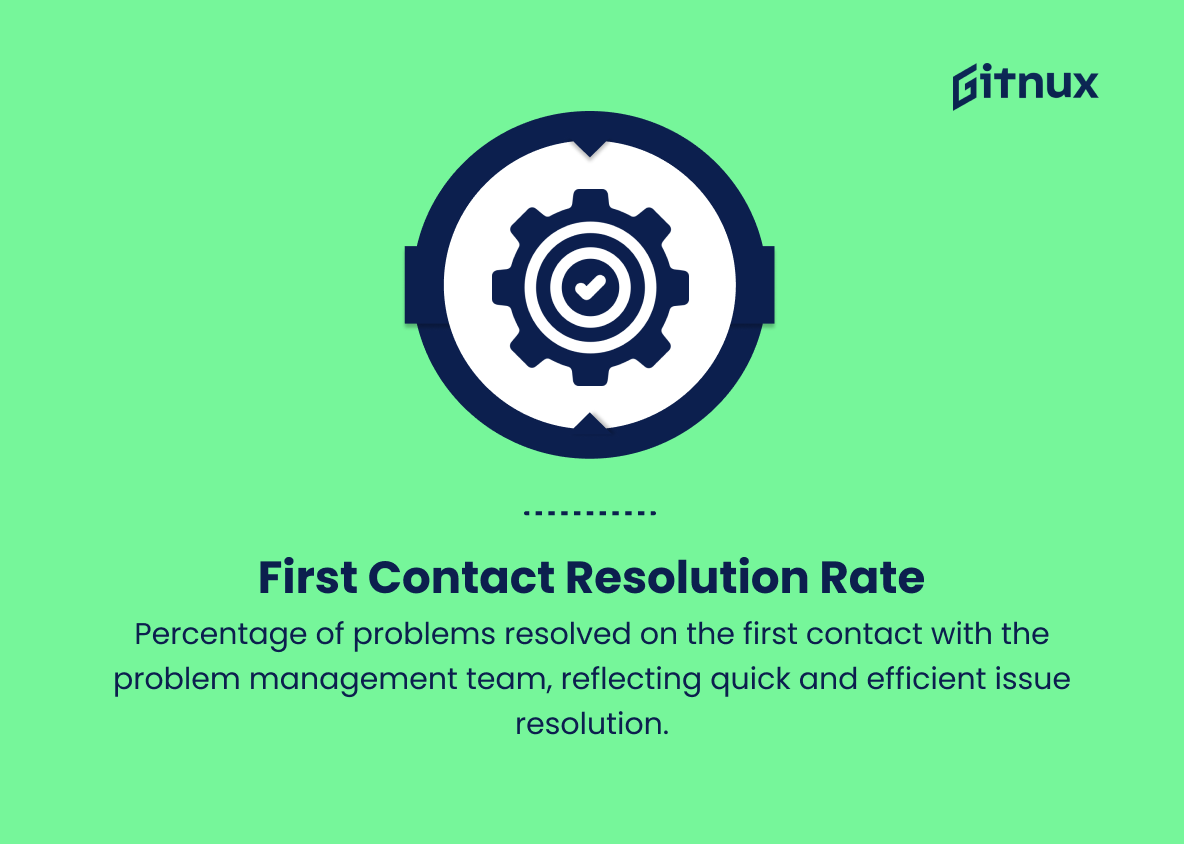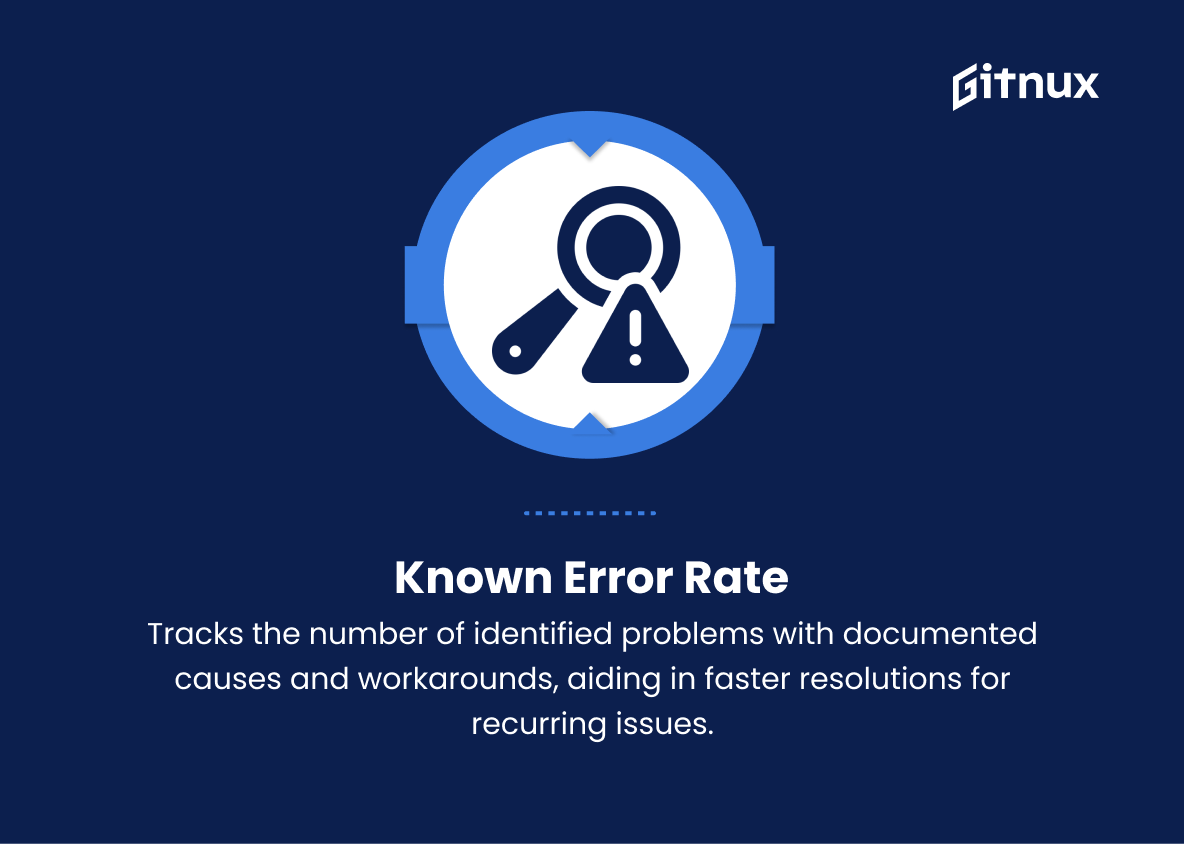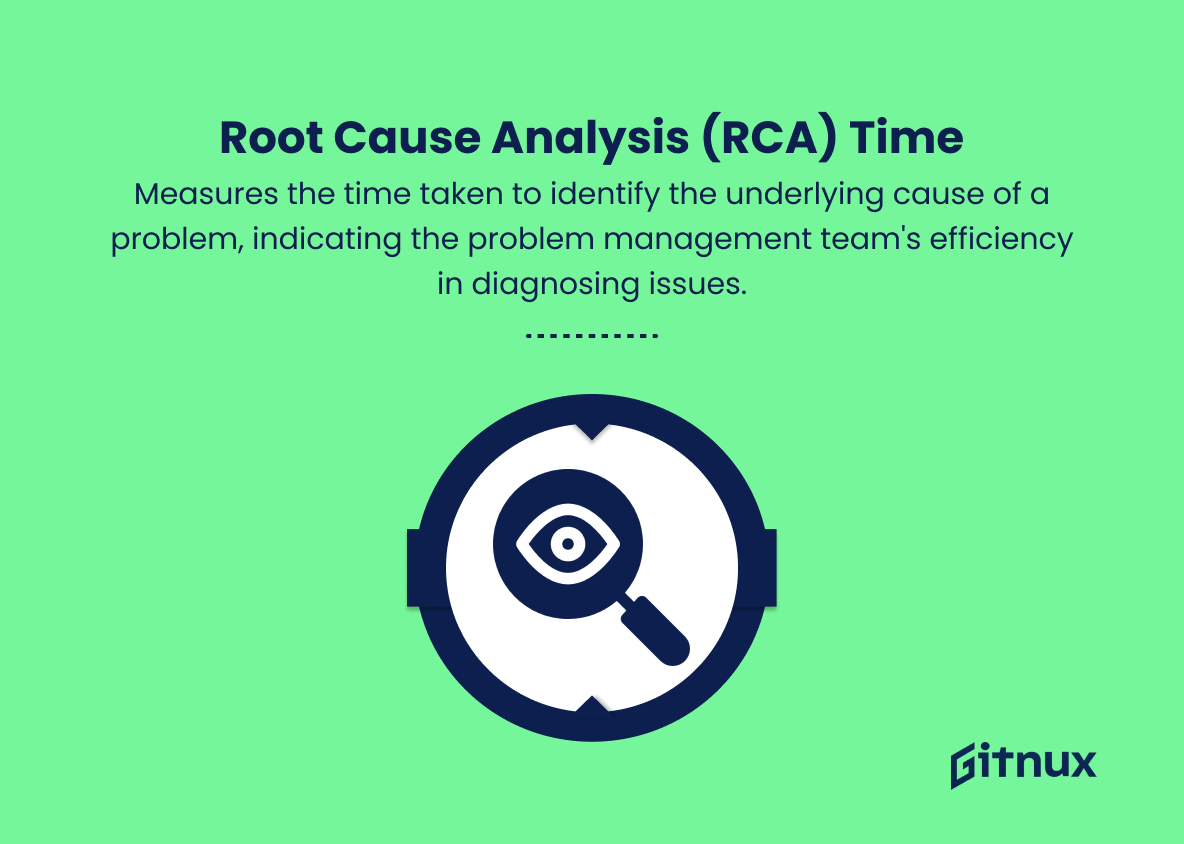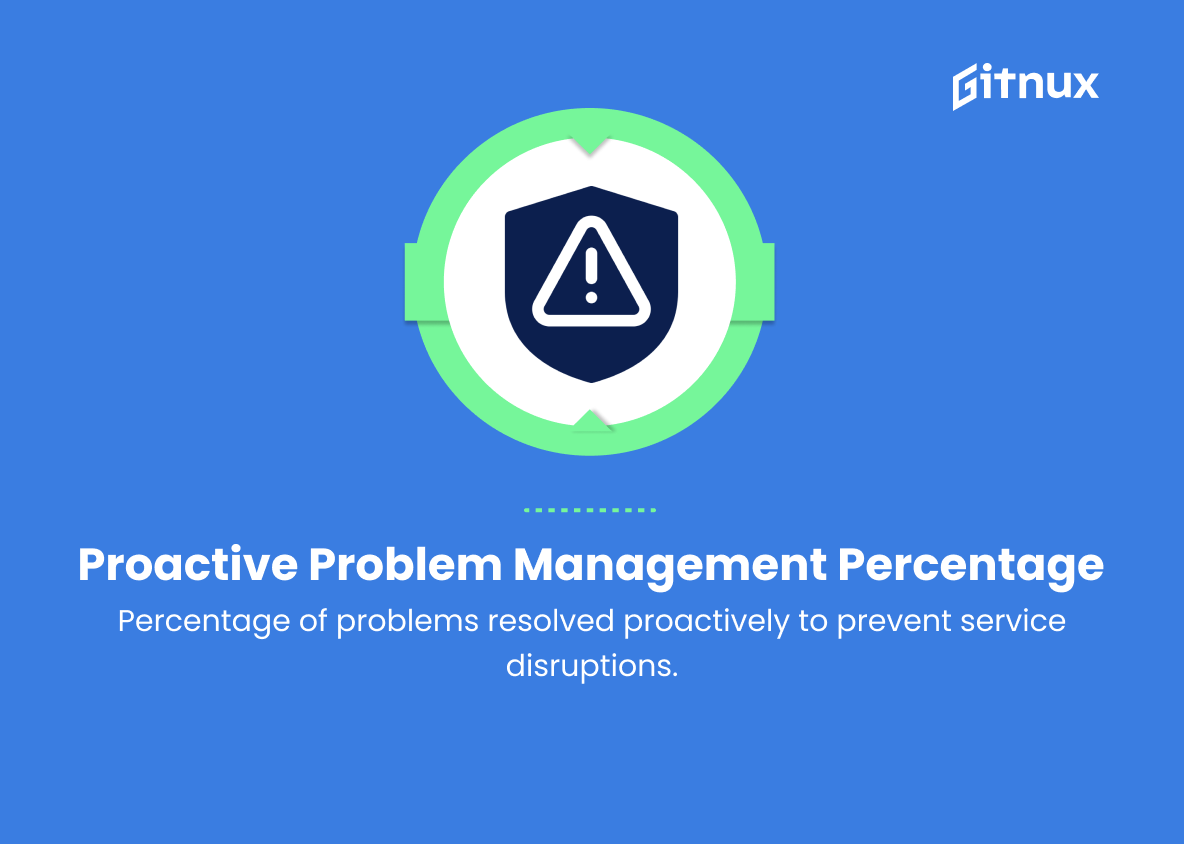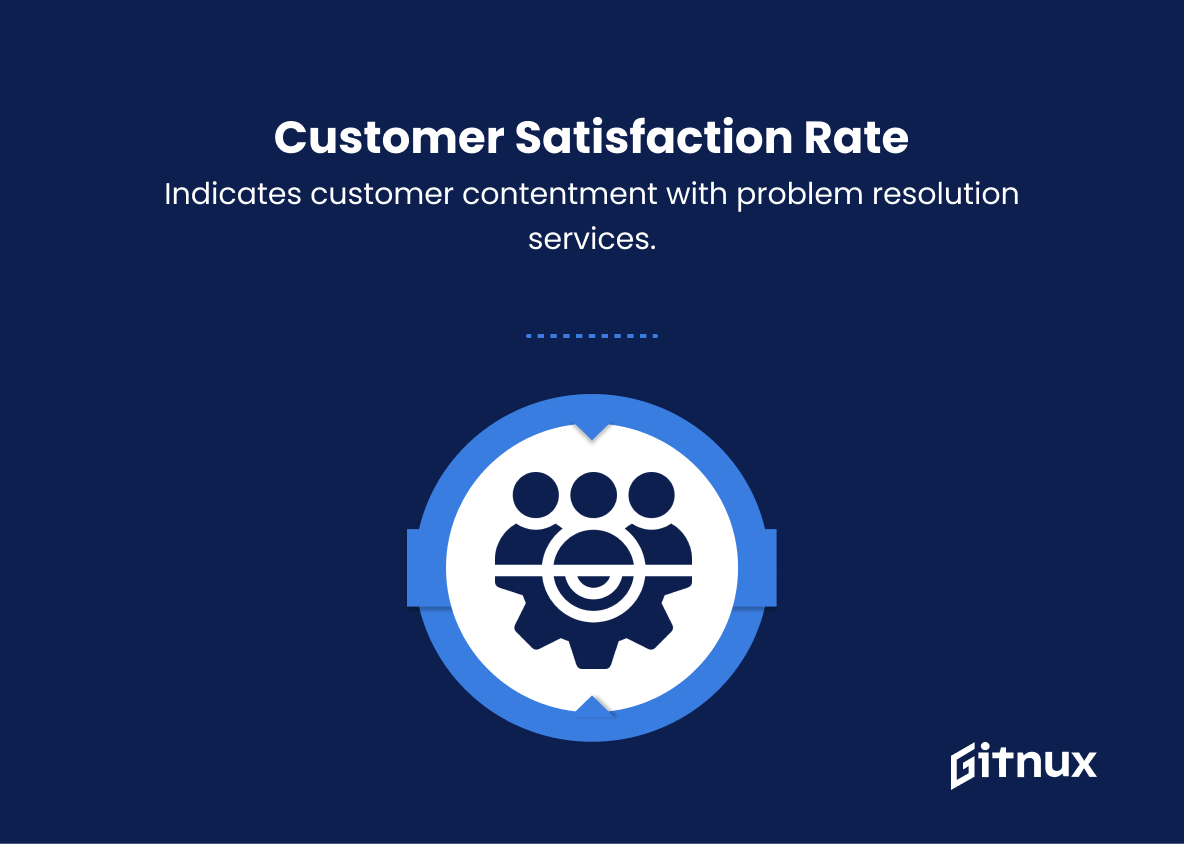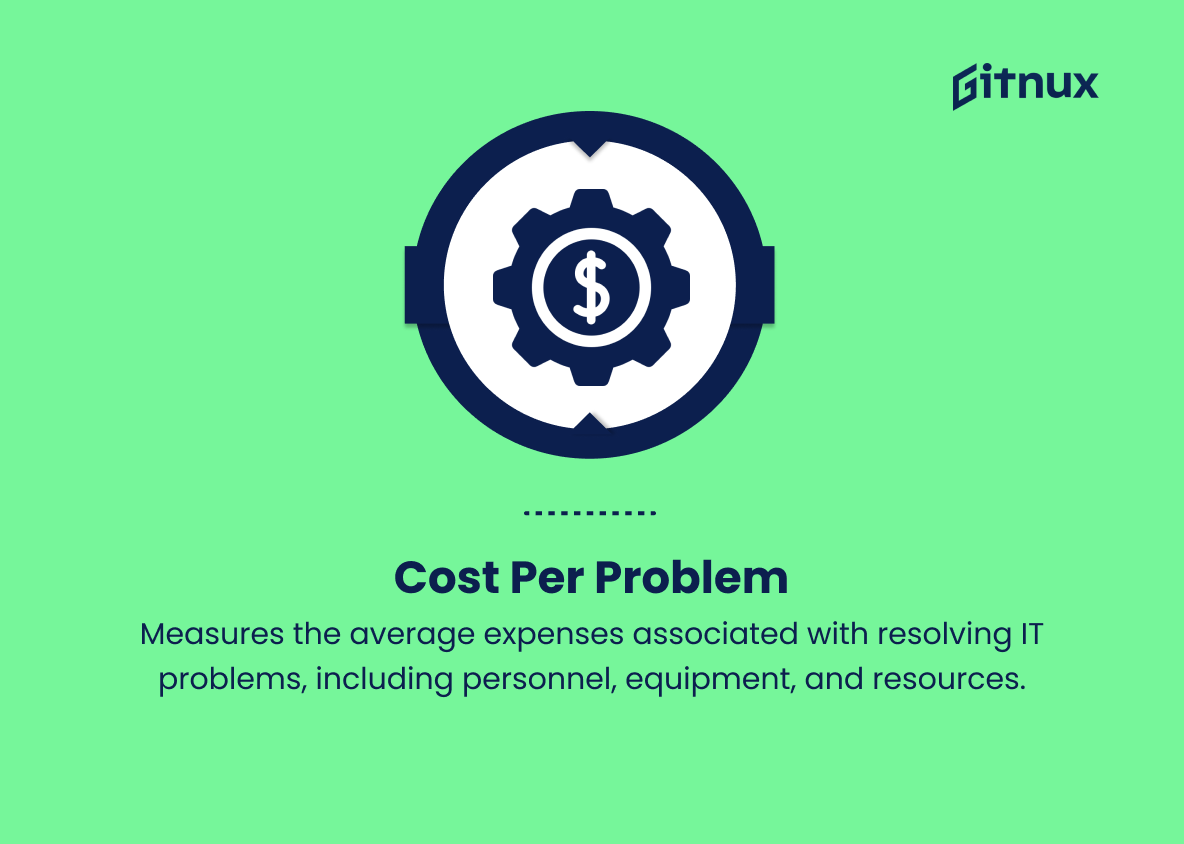In today’s increasingly complex and demanding business landscape, organizations must continually strive to deliver efficient and effective services while meeting the expectations of their customers and stakeholders. One crucial aspect of this journey is the capability to proactively identify, analyze, and resolve problems that could impact the smooth functioning of their service delivery processes. In the realm of IT Service Management (ITSM), the practice of Problem Management plays a vital role as a key enabler of such capabilities.
As organizations embark on this journey of performance optimization and service excellence, it becomes imperative that they continuously measure and monitor their problem management processes using well-defined Key Performance Indicators (KPIs).
In this blog post, we will delve into the importance of Problem Management KPIs, discuss some of the most significant KPIs for tracking and assessing the effectiveness of your problem management process, and share insights into how these indicators can help organizations achieve and sustain service excellence.
Problem Management KPIs You Should Know
1. Mean Time to Detect (MTTD)
This KPI measures the average time taken to identify a problem within the IT infrastructure. A shorter MTTD indicates a higher efficiency in detecting issues.
2. Mean Time to Resolve (MTTR)
This KPI measures the average time taken to resolve a problem from the moment it was detected. A shorter MTTR indicates a more efficient problem resolution process.
Problem Resolution Rate measures the percentage of problems successfully resolved within a specific time frame, showcasing the effectiveness of problem management.3. Problem Resolution Rate
This KPI measures the percentage of problems successfully resolved within a specific time frame, showcasing the effectiveness of problem management.
4. Problem Recurrence Rate
This KPI tracks the rate at which resolved problems reoccur. A lower recurrence rate indicates a more effective problem resolution process.
5. First Contact Resolution Rate
This KPI measures the percentage of problems resolved on the first contact with the problem management team, indicating the team’s ability to quickly address issues.
6. Escalation Rate
This KPI measures how frequently problems are escalated from lower support levels to higher ones. A lower escalation rate indicates better problem resolution at the initial support levels.
7. Known Error Rate
This KPI measures the number of problems identified as known errors, which have documented root causes and workarounds. A higher known error rate helps in reducing the resolution time for recurring issues.
8. Root Cause Analysis (RCA) Time
This KPI measures the average time taken to identify the root cause of a problem. A shorter RCA time suggests that the problem management team can effectively analyze and diagnose issues.
9. Percentage of Proactive Problem Management
This KPI measures the proportion of problems identified and resolved before they cause service disruptions or incidents, showcasing the efficiency of proactive problem management.
10. Customer Satisfaction Rate
This KPI measures the level of customer satisfaction with the problem management process. A higher customer satisfaction rate indicates that the problem management team is addressing customer concerns effectively.
11. Cost per Problem
This KPI measures the average cost to resolve a problem, including personnel, equipment, and other resources. Lower costs per problem indicate a more cost-effective problem management process.
12. Incident Rate Caused by Problems
This KPI measures the frequency of incidents caused by identified problems. A lower incident rate indicates that the problem management team effectively mitigates the impact of problems on the IT infrastructure.
Cost per Problem measures the average cost to resolve a problem, including personnel, equipment, and other resources.Problem Management KPIs Explained
Problem Management KPIs are crucial in evaluating the effectiveness and efficiency of an organization’s IT infrastructure management processes. These KPIs, which include Mean Time to Detect (MTTD), Mean Time to Resolve (MTTR), Problem Resolution and Recurrence Rates, First Contact Resolution Rate, Escalation Rate, Known Error Rate, Root Cause Analysis (RCA) Time, Percentage of Proactive Problem Management, Customer Satisfaction Rate, Cost per Problem, and Incident Rate caused by problems, provide valuable insights into the team’s ability to identify, diagnose, and resolve issues promptly.
They also shed light on the team’s capacity to proactively manage and prevent service disruptions while maintaining customer satisfaction and reducing costs. By monitoring these KPIs, IT leaders can assess the effectiveness of their problem management initiatives, make informed decisions to improve the process, and ultimately, ensure a more stable and reliable IT infrastructure to support the organization’s objectives.
Conclusion
In conclusion, understanding and effectively implementing Problem Management KPIs is essential for organizations that aim to continuously improve their IT operations and service delivery. By closely monitoring these KPIs, businesses can identify trends and patterns that potentially lead to recurring issues, allowing them to take corrective actions and minimize the potential impact on service quality.
Moreover, a well-structured problem management process driven by reliable KPIs fosters better communication and collaboration among IT teams and other stakeholders. Ultimately, this helps organizations to achieve long-term stability and maintain a healthier, more efficient IT environment.
